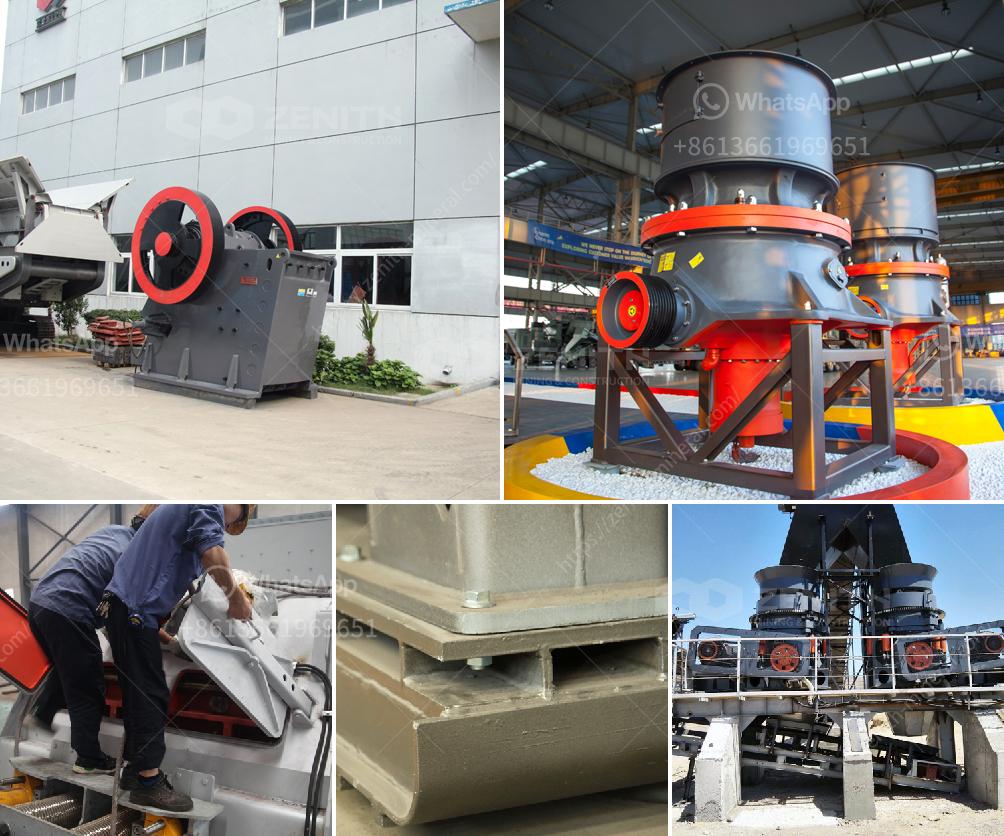A bentonite grinding unit is a facility or a set of machinery designed to process bentonite, a type of clay, into a fine powder or granules. Bentonite is widely used in various industries due to its unique properties, such as its ability to absorb water and expand, its high plasticity, and its ability to form a gel-like substance when mixed with water. Here’s a detailed explanation of what a bentonite grinding unit entails:
Components of a Bentonite Grinding Unit
-
Raw Material Storage:
- Bentonite Ore: The raw bentonite is usually stored in large silos or storage areas before processing. The quality and consistency of the raw material are crucial for the final product.
-
Crushing Equipment:
- Jaw Crusher: This is used to crush large chunks of bentonite into smaller pieces, making it easier to handle and process.
- Hammer Mill: Sometimes used to further reduce the size of the bentonite particles.
-
Grinding Mill:
- Raymond Mill: A common type of grinding mill used in bentonite processing. It grinds the bentonite into a fine powder.
- Vertical Roller Mill: Another type of mill that can be used for grinding bentonite. It is known for its efficiency and ability to produce fine and uniform particles.
- Ball Mill: Sometimes used for grinding bentonite, especially when a very fine particle size is required.
-
Classification Equipment:
- Cyclone Separator: Used to separate the fine bentonite particles from the coarser ones. The fine particles are collected for further processing or packaging, while the coarser particles are sent back to the grinding mill for further grinding.
- Air Classifier: Another type of equipment used to classify the bentonite particles based on size.
-
Drying Equipment:
- Rotary Dryer: If the bentonite contains moisture, it needs to be dried before or after grinding. A rotary dryer is commonly used for this purpose.
-
Dust Collection System:
- Baghouse Filter: Used to collect dust and fine particles generated during the grinding process, ensuring a clean and safe working environment.
-
Conveying Systems:
- Belt Conveyors: Used to transport the bentonite between different stages of the grinding process.
- Screw Conveyors: Sometimes used for transporting bentonite, especially in enclosed systems to prevent dust generation.
-
Control Systems:
- PLC (Programmable Logic Controller): Used to control and monitor the entire grinding process, ensuring optimal performance and efficiency.
Process of Bentonite Grinding
- Feeding: The raw bentonite is fed into the crushing equipment to reduce its size.
- Crushing: The bentonite is crushed into smaller pieces to facilitate grinding.
- Grinding: The crushed bentonite is fed into the grinding mill, where it is ground into a fine powder.
- Classification: The ground bentonite is classified to separate the fine particles from the coarser ones.
- Drying: If necessary, the bentonite is dried to remove any moisture content.
- Packaging: The final product is packaged for storage or shipment.
Applications of Ground Bentonite
- Drilling Mud: Used in oil and gas drilling to lubricate and cool the drill bit, and to carry drill cuttings to the surface.
- Foundry Sand: Used as a binder in the production of molds for metal casting.
- Cat Litter: Used as an absorbent material in cat litter products.
- Civil Engineering: Used in the construction of dams, tunnels, and other structures to prevent water seepage.
- Pharmaceuticals and Cosmetics: Used as a filler, binder, and suspending agent in various products.
In summary, a bentonite grinding unit is a specialized facility designed to process bentonite clay into a fine powder or granules, which are then used in a wide range of industrial applications. The unit consists of various components, including crushing equipment, grinding mills, classification equipment, drying equipment, dust collection systems, conveying systems, and control systems, all working together to produce a high-quality final product.

